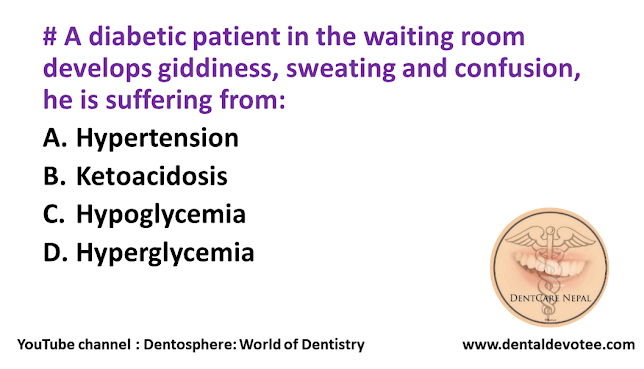# Carcinoma due to chronic irritation is:
A. Kangri cancer
B. Countryman’s injury
C. Chimney-sweepers cancer
D. All of the above
The correct answer is D. All of the above.
Kangri cancer is a type of squamous-cell carcinoma of the skin. It is found only in Kashmir in the northwest of the Indian subcontinent. It occurs on the lower abdomen and inner thighs and is due to the use of a kanger, a ceramic pot covered with wicker-work, carried as a source of warmth during cold weather.
Actinic cheilitis is cheilitis (lip inflammation) caused by long term sunlight exposure. Essentially it is a burn, and a variant of actinic keratosis which occurs on the lip. It is a premalignant condition, as it can develop into squamous cell carcinoma (a type of mouth cancer). This is also known as sailor's lip or farmer's lip or countryman's lip.
Chimney sweep's cancer, also called soot wart, is a squamous cell carcinoma of the skin of the scrotum. It has the distinction of being the first reported form of occupational cancer, and was initially identified by Percivall Pott in 1775. It was initially noticed as being prevalent amongst chimney sweeps.







